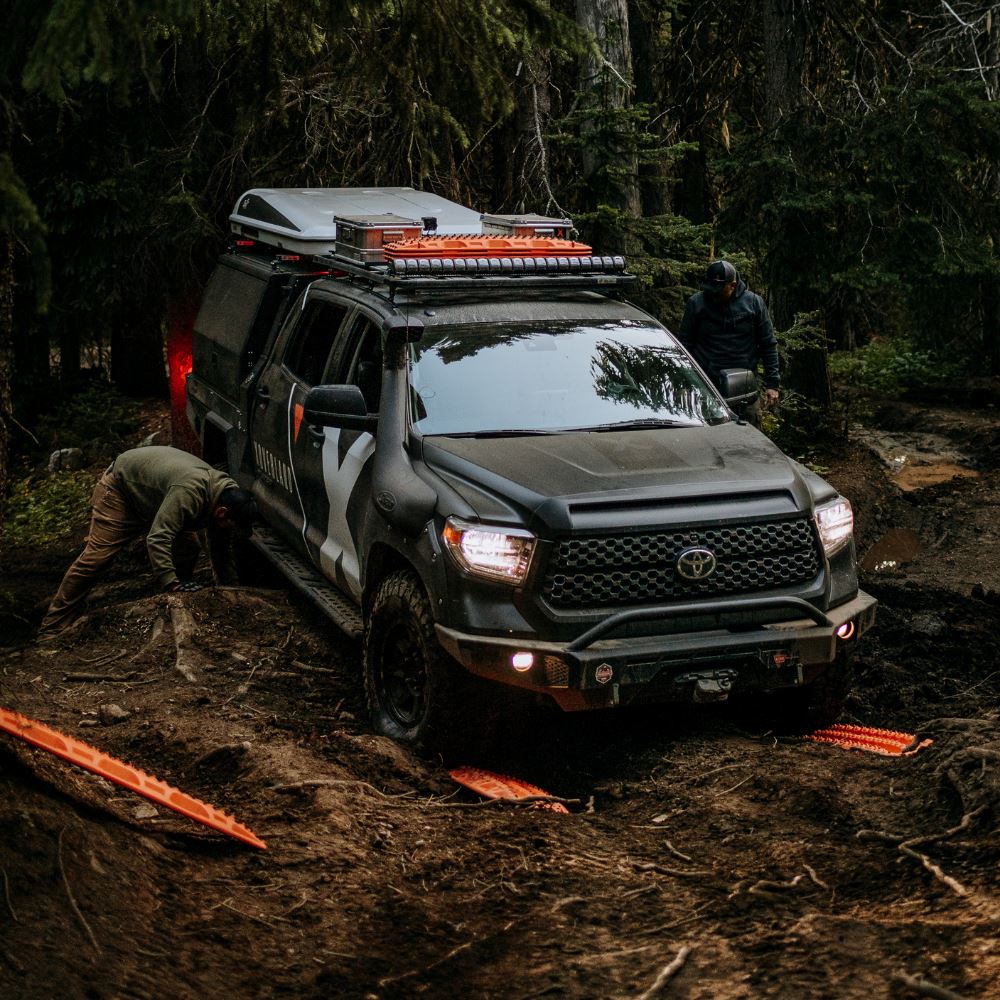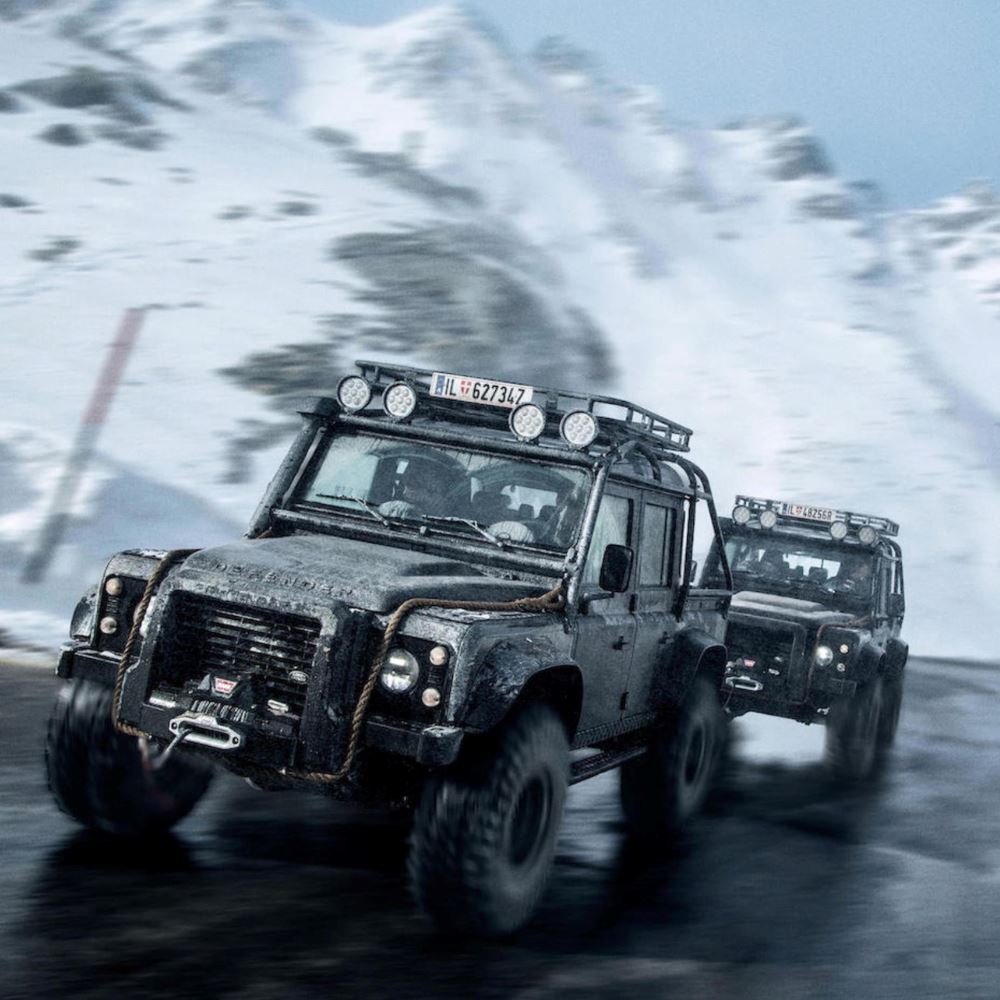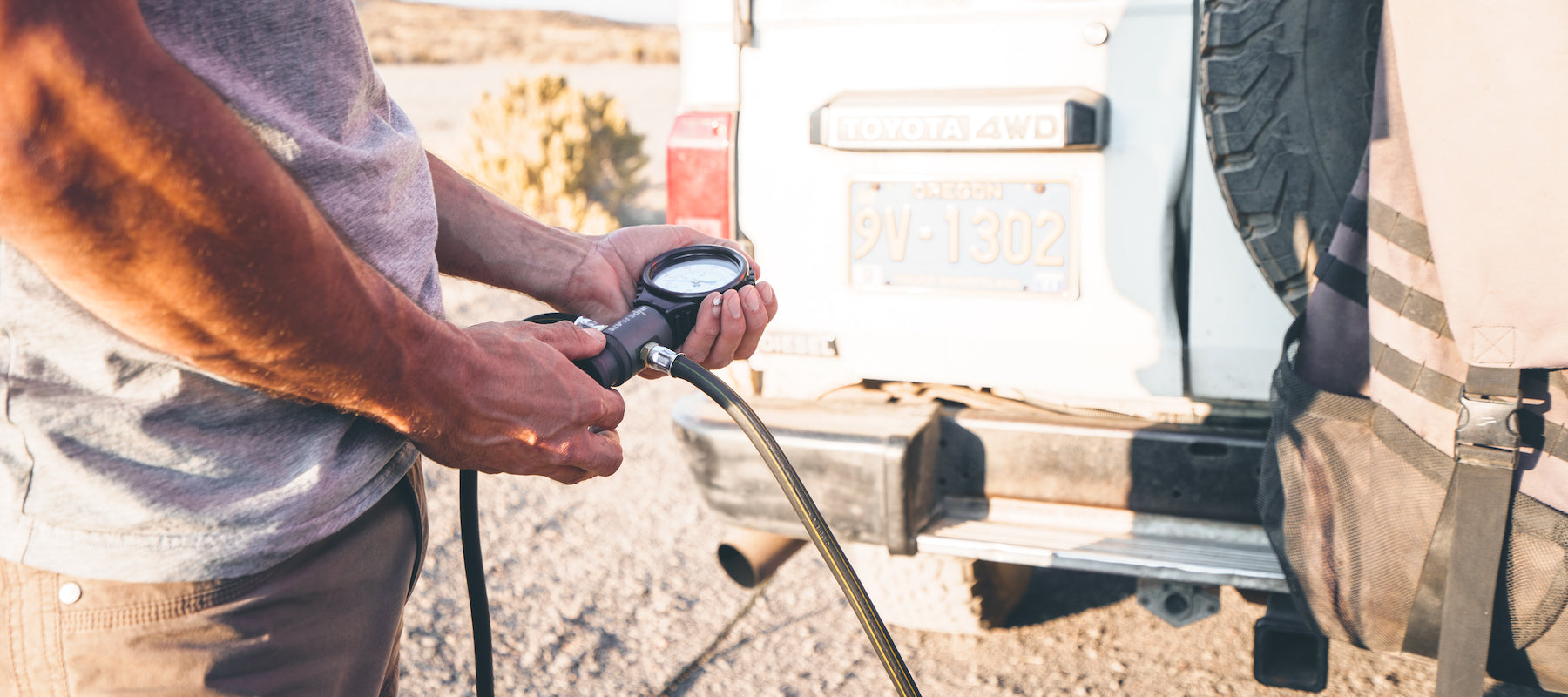One of the most memorable moments from this era occurred in 1982, when Mark Thatcher, son of former British Prime Minister Margaret Thatcher, got lost during the rally. His mother infamously sent a search party, including members of the British Air Force, to find him. This incident highlighted the sense of adventure and camaraderie that characterized the early years of the rally.
However, in recent years, the rally has moved to different locations around the world. In 2009, the rally moved to South America due to security concerns in Africa, and it has been held in countries like Argentina, Chile, and Peru. In 2020, the rally made its debut in Saudi Arabia.
Today, the Dakar rally is a much different beast. It has become a showcase for the latest in automotive and motorcycle technology, with teams pouring millions of dollars into their vehicles in the hopes of claiming victory. Competitors face a wide range of challenges, including treacherous terrain, extreme weather conditions, and long stages that can stretch for over 500 miles.
The Dakar rally features four main categories of vehicles: cars, trucks, motorcycles, UTVs and quad bikes. Each category presents its own unique challenges.

Cars: The cars in the Dakar rally are divided into several categories based on their engine size and type. The most powerful vehicles are capable of reaching speeds of over 120 mph, making them the fastest and most technologically advanced in the rally. However, they also face the toughest competition due to the high speeds and precise navigation required. Manufacturers like Toyota, MINI, and Peugeot field teams in the rally, and drivers like Carlos Sainz Sr, father of F1 driver Carlos Sainz, have won multiple times.
Trucks: The trucks in the Dakar rally have to contend with their massive size and weight, making them vulnerable to rollovers and other accidents. They are divided into categories based on size and horsepower, with the largest and most powerful vehicles known as "T1" class. Despite their size, the trucks can be surprisingly agile, with skilled drivers able to navigate through tight corners and over rough terrain. In addition to carrying their own equipment and supplies, the trucks in the Dakar rally also carry spare parts for other teams, making them a vital part of the support network. Manufacturers like Iveco, Kamaz, and Scania field teams in the rally, and drivers like Eduard Nikolaev and Gerard de Rooy have won multiple times.
Motorcycles: The motorcycles and quad bikes in the Dakar rally are at the mercy of the elements and the rough terrain, with riders facing the constant risk of injury or worse. All bikes in the rally are limited to 450CC, and they are divided into several classes based on other factors. The KTM 450 Rally Replica is a popular choice among competitors, and riders like Toby Price, Mathias Walkner, and Ricky Brabec have achieved success in the rally.

UTVs: The UTVs in the Dakar rally are smaller, more agile vehicles that are designed for off-road racing. They are typically powered by smaller engines, but they can still be formidable competitors on the rough terrain of the rally. Manufacturers like Polaris, Can-Am, and Yamaha field teams in the rally, and drivers like Casey Currie and Andrew Short have achieved success in the rally.
Quad Bikes (ATVs): The quad bikes in the Dakar rally, also known as ATVs, are smaller, four-wheeled vehicles that are similar to motorcycles but with a wider, more stable base. They are designed for off-road racing and are powered by small engines. In the Dakar rally, they are limited to 450CC and are divided into several classes based on other factors.
Despite their smaller size, quad bikes can be formidable competitors on the rough terrain of the rally. Manufacturers like Yamaha, Honda, and Polaris field teams in the rally, and riders like Marc Coma, David Casteu, and Ignacio Casale have achieved success in the rally. The quad bike category is one of the most fiercely contested in the rally, with riders facing tough competition and the constant threat of injury or worse.
Unfortunately, the Dakar rally has a reputation for being deadly, with an average of one death occurring each year. In recent years, organizers have taken steps to improve safety, including the use of air ambulances and stricter safety regulations. Despite these measures, the rally remains a dangerous proposition, with competitors facing the constant threat of injury or worse.
Despite the risks, the Dakar rally continues to be a popular and enduring event, with competitors from all over the world coming together to test their skills and bravery. Its influence can also be seen in the production world, with several cars and motorcycles inspired by the rally. From its humble beginnings as an adventure




